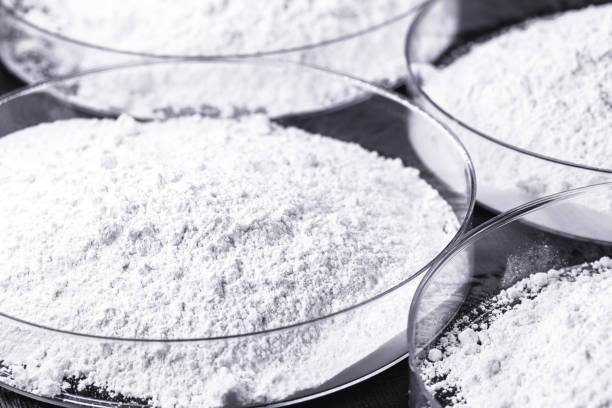
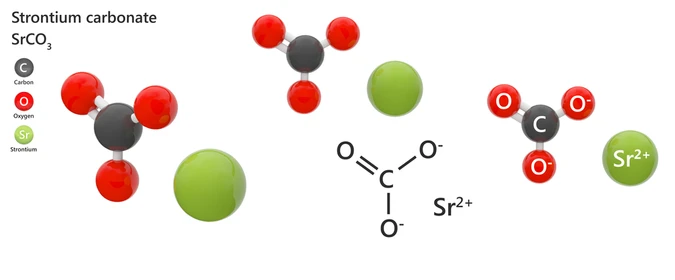

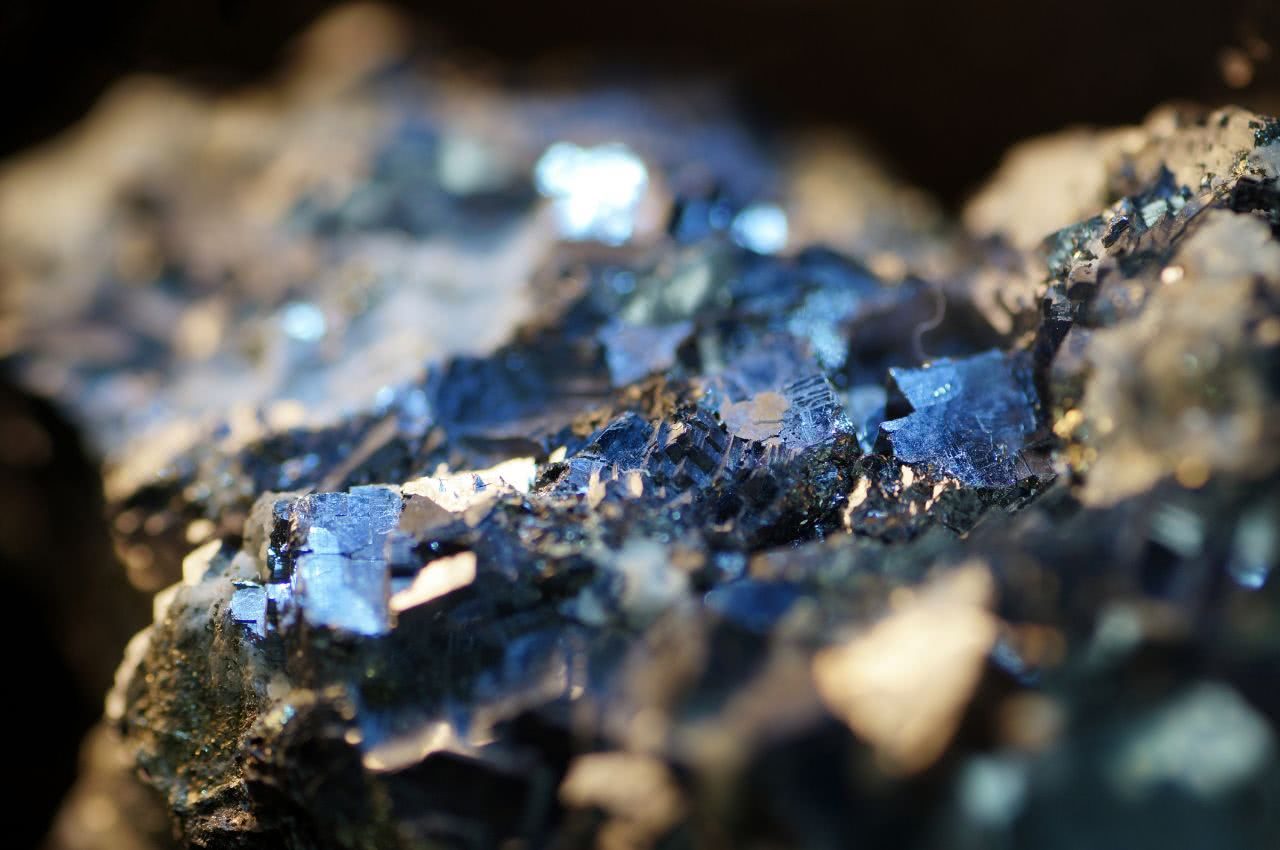
4. New Energy Materials
With the growing global demand for new energy, strontium carbonate is increasingly valued in the energy storage battery and other new energy materials fields. It enhances battery stability and longevity, actively supporting innovation in efficient energy storage systems.
1) Additive Role in Lithium Batteries
Strontium carbonate’s chemical stability makes it an ideal additive for lithium-ion and novel energy storage batteries. It stabilizes battery materials, reducing degradation during cycling, thus extending battery life.
•Mechanism: Strontium carbonate forms a protective film on active materials, inhibiting excessive oxidation and preventing structural damage due to temperature rises or repeated charging and discharging.
•Impact: Experimental data indicate that adding strontium carbonate to lithium batteries can extend battery life by approximately 10-15%, especially in high-frequency discharge applications.
2) Modification in Solid-State Battery Materials
Solid-state batteries, known for high safety and energy density, are the mainstream future direction in battery technology. Strontium carbonate, as a modifier in solid electrolyte materials, optimizes ionic conductivity, enhancing battery charging and discharging efficiency.
•Mechanism: In solid-state batteries, strontium carbonate improves electrolyte interface structure, reduces resistance, and speeds up lithium-ion transfer.
•Impact: Studies show that solid-state batteries incorporating strontium carbonate exhibit over 20% improved ion conductivity, with better cycle stability, suitable for electric vehicles and energy storage systems.
3) Prospects in Sodium-Ion Batteries
As a next-generation energy storage material, sodium-ion batteries are increasingly valued for their abundant resources and cost advantages. Strontium carbonate can improve the structural stability and lifespan of sodium-ion batteries, optimizing discharge characteristics.
•Environmental and Cost Advantages: Compared to lithium batteries, sodium-ion batteries are cheaper to produce and have more abundant resources. The addition of strontium carbonate enhances their competitiveness, meeting the market’s low-cost, high-performance energy storage needs.
| New Energy Application | Role | Specific Impact | Environmental Benefit |
|---|---|---|---|
| Lithium Batteries | Material Stabilizer | Extends battery life, reduces cycle degradation; ideal for high-frequency charging/discharging | Reduces material waste, extends battery life |
| Solid-State Batteries | Ionic Conductivity Modifier | Improves charging efficiency, cycle stability; suits EVs and storage devices | Lowers charging energy consumption, extends usage period |
| Sodium-Ion Batteries | Structural Stabilizer | Enhances stability and lifespan, boosts sodium-ion battery competitiveness | Lowers production costs, abundant resources |
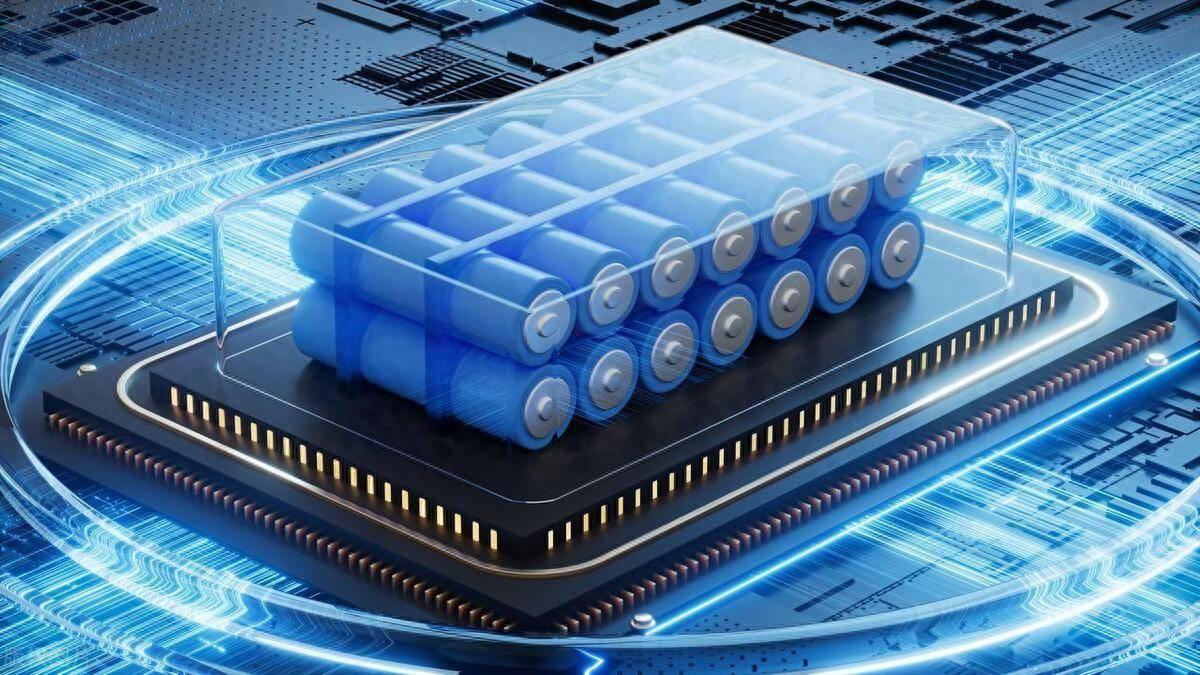
3. Environmental Benefits of Strontium Carbonate
As global environmental regulations tighten, strontium carbonate is gradually replacing materials containing heavy metals in certain fields. Its environmental advantages include:
1.Lead-Free Replacement Material: Strontium carbonate is increasingly replacing lead-based materials in electronic ceramics, reducing the use of harmful metals and meeting international environmental standards.
2.Low Toxicity: As an inorganic compound, strontium carbonate has low toxicity, posing minimal risk to humans and the environment.
3.Energy Efficiency: Strontium carbonate production is relatively simple, with lower energy consumption, contributing to low-carbon production.
| Environmental Advantage | Specific Impact |
|---|---|
| Lead-Free Replacement | Replaces lead titanate, reduces heavy metal pollution |
| Low Toxicity | High safety, meets environmental standards |
| Low Energy Consumption | Low-carbon production |
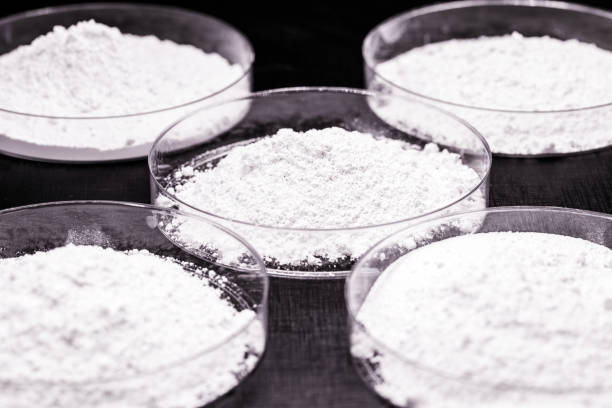
4. Market Trends and Future Outlook
Over the next five years, demand for strontium carbonate in electronic ceramics, phosphor materials, and new energy sectors is expected to grow steadily, with a projected compound annual growth rate of 4.5%. Particularly in metal and battery material modification, strontium carbonate not only enhances product performance and stability but also aligns with environmental and sustainability goals. With the rapid development of green industries, strontium carbonate will continue to play a key role across applications, supporting the industry’s green transition with its multifunctionality and environmental benefits.
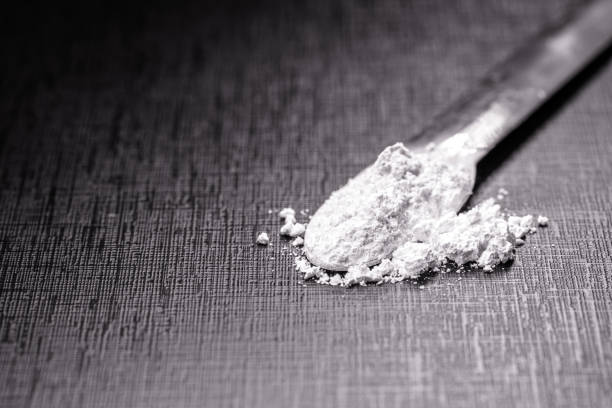
Post time: Nov-06-2024